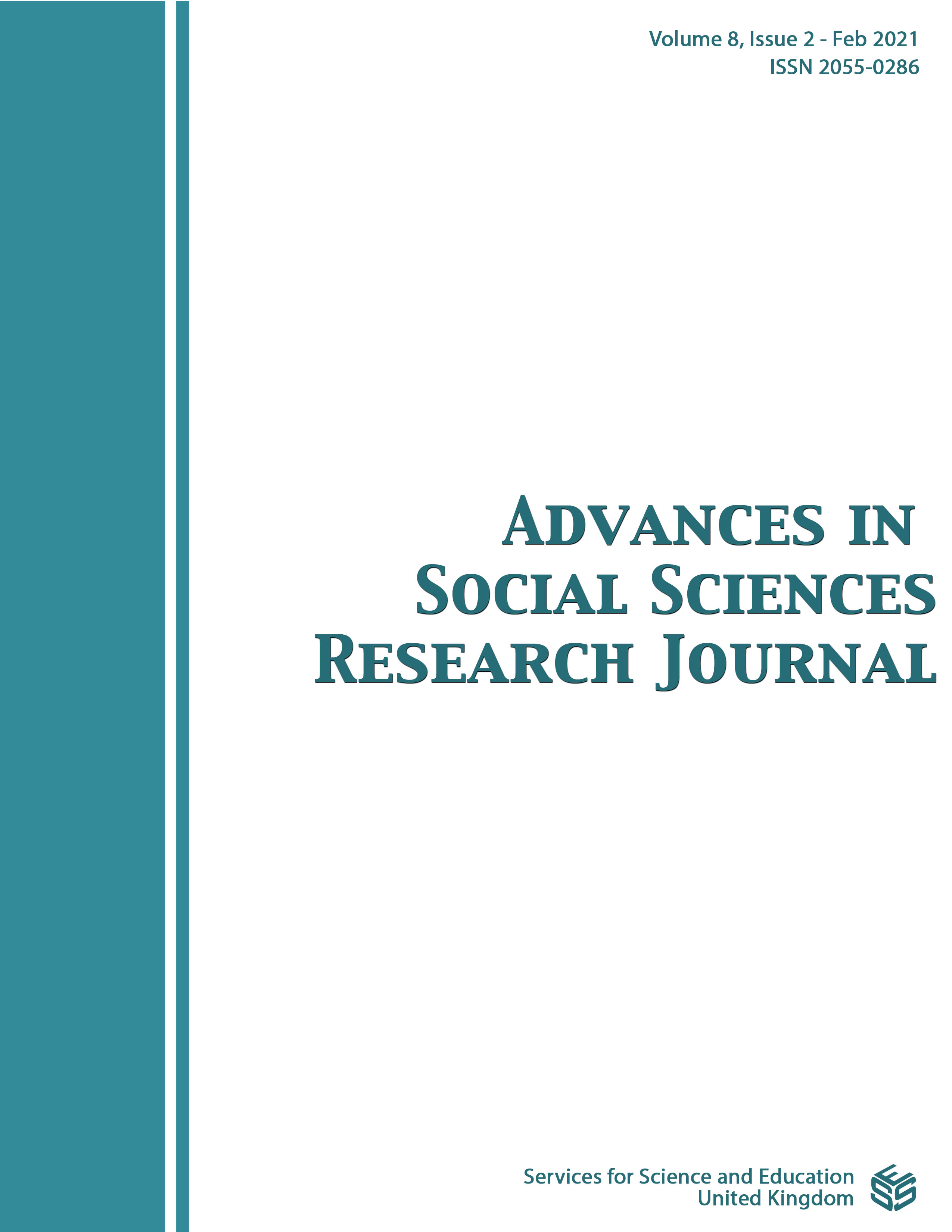Two Types of Space in the Hydrogen Atom not Predictable with Quantum Mechanics
DOI:
https://doi.org/10.14738/assrj.82.9738Keywords:
Einstein’s Energy-Momentum Relationship in a Hydrogen Atom, Relativistic Kinetic Energy, Potential Energy, Bohr’s Quantum Condition, Dark MatterAbstract
Einstein’s energy-momentum relationship is not applicable to the electron in a hydrogen atom. Therefore, the author has previously derived an energy-momentum relationship applicable to the electron inside the hydrogen atom where potential energy exists. However, the initially-derived relationship did not incorporate the discontinuities in energy which are characteristic of quantum mechanics. Therefore, the author derived a new quantum condition to take the place of Bohr’s quantum condition, i.e., , and that was used to incorporate discontinuity into the relationship derived by the author. When that relationship is solved, it is evident that, in addition to the existing energy levels, there are also ultra-low energy levels where the electron mass becomes negative. A previously unknown state of the hydrogen atom exists, formed from an electron with negative mass and a proton with positive mass. The electron with negative mass exists near the proton. The author predicts that this unknown matter is the true nature of dark matter, an unknown source of gravity whose true nature is currently unknown.
Downloads
Published
How to Cite
Issue
Section
License
Authors wishing to include figures, tables, or text passages that have already been published elsewhere are required to obtain permission from the copyright owner(s) for both the print and online format and to include evidence that such permission has been granted when submitting their papers. Any material received without such evidence will be assumed to originate from the authors.






